
The Timeless Utility of Kama Knives: From Farming Tool to Forged Functional Blade
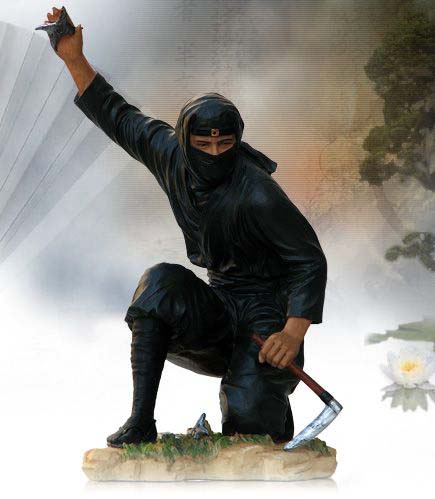
The Kama knife is one of the most distinctive blades in history—recognized for its curved sickle-like form and its deep cultural roots in East Asia, especially Japan and Okinawa. Originally designed as a farming tool used to cut grass and rice stalks, the Kama gradually found its way into the martial world, becoming a traditional weapon of the Okinawan kobudō system. Today, it continues to inspire knife enthusiasts, collectors, and martial artists alike.
A Blade with Humble Origins
The Kama began its journey not as a weapon, but as a farmer’s tool. With its crescent blade and extended handle, it was ideal for cutting through crops with precision and ease. Because the Okinawan peasantry was banned from owning weapons during feudal times, everyday tools like the Kama were adapted into defensive weapons—eventually becoming a staple of traditional martial arts.
Historical Origins of the Kama Knife
The Kama traces its roots back to ancient Japan and Okinawa, where it was originally used as an agricultural tool. Primarily employed by farmers to harvest rice, wheat, and other crops, the Kama featured a short, curved blade that made it ideal for cutting close to the ground with swift, sweeping motions.
During Japan’s feudal era—particularly in Okinawa—peasants were prohibited from owning weapons under the rule of the Samurai class. This led to the adaptation of everyday farming tools into improvised weapons. The Kama, with its sharp blade and extended handle, was one such tool that seamlessly transitioned from the fields to the battlefield. It became a crucial weapon in the traditional martial art of Kobudō, which developed around these repurposed tools.
In martial applications, the Kama was often used in pairs and became known for its spinning techniques, hooking, trapping, and slashing abilities. The curved blade allowed skilled practitioners to disarm swordsmen, control their opponents, or strike with surprising speed and precision. Over time, different regions in Japan developed slight variations of the Kama, some with longer handles or differently angled blades, influenced by local farming practices and martial traditions.
Beyond Japan, similar sickle-style tools and weapons can be found in other cultures throughout Southeast Asia and China, showing the Kama's universal practicality as both a farming implement and a fighting blade.
Today, the Kama holds a unique place in blade history—not only as a symbol of resourcefulness and resistance but also as a testament to the skill of ancient blacksmiths and martial artists who gave new life to an everyday tool. Modern interpretations of the Kama, such as those forged by Everest Forge, continue to honor this legacy by blending time-tested forging techniques with rugged, functional design.
The Transition into Combat and Craft
Over time, Kama knives became refined as both tools and weapons. In martial arts, pairs of Kama were used in spinning and trapping techniques, taking advantage of their sharp inward curve and reach. For modern craftsmen and blacksmiths like us at Everest Forge, the Kama represents more than utility—it’s a celebration of function, history, and the art of forging.
Our Interpretation: Forged for the Present, Inspired by the Past
At Everest Forge, we’ve reimagined the Kama knife through the lens of traditional Nepalese blacksmithing. Each Kama we create is hand-forged from 5160 leaf spring steel, water-tempered for strength, and sharpened for real-world performance. While our Kama blades retain the iconic curve and fighting spirit of the original, they are built as rugged bushcraft and field tools—ready for chopping, batoning, and survival use.
Why Choose a Hand-Forged Kama Knife?
- Cultural Significance: Carry a piece of martial history.
- Functional Design: Its long handle and curved blade offer unique control and slicing power.
- Craftsmanship: Each blade is individually forged by our skilled artisans in Nepal.
- Versatility: Great for collectors, outdoorsmen, reenactors, and martial arts practitioners.
Conclusion: More Than a Knife
The Kama is more than just a blade—it’s a symbol of adaptation, resilience, and artistry. Whether you’re drawn to its historical importance or its practical utility, a hand-forged Kama from Everest Forge offers a unique combination of tradition and toughness.
Explore our Forged Kama Collection and discover which blade speaks to your warrior spirit.


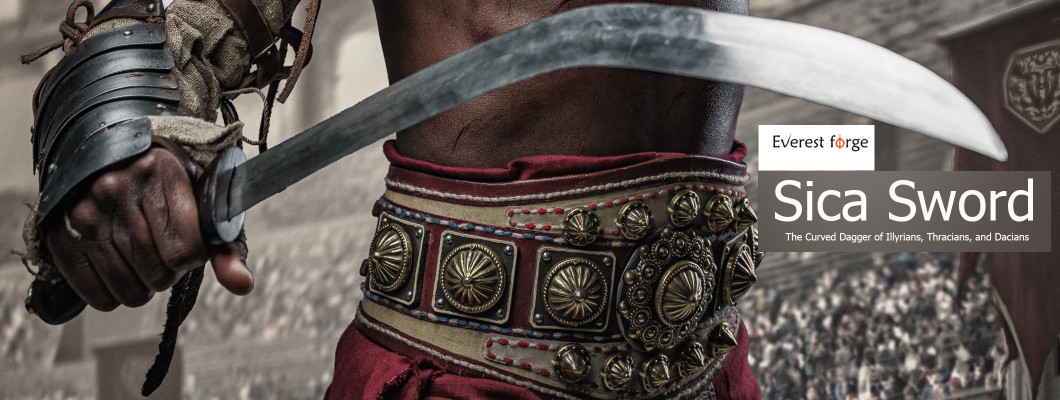

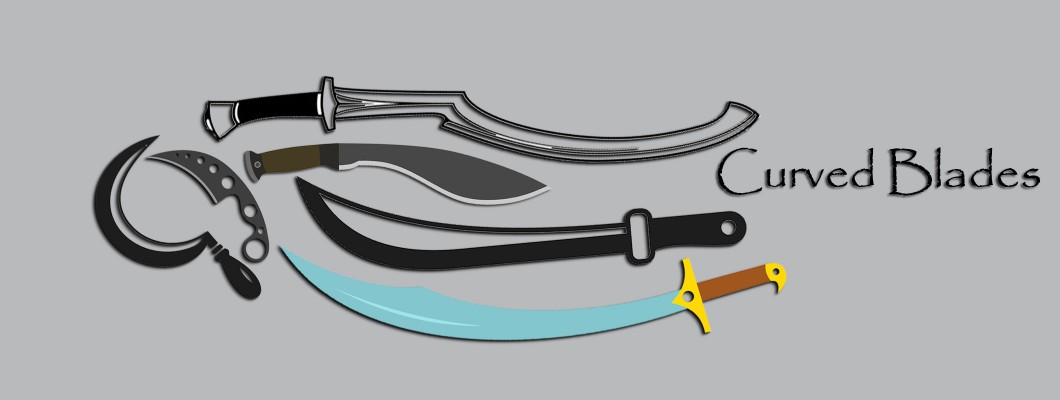
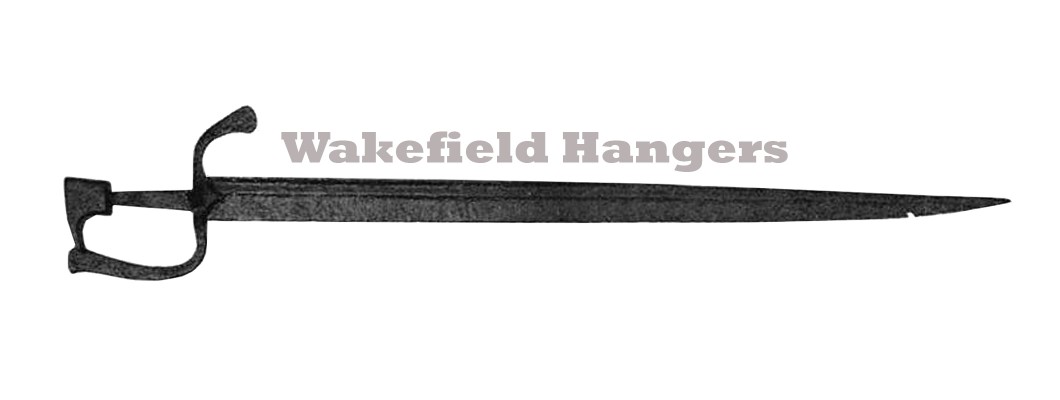
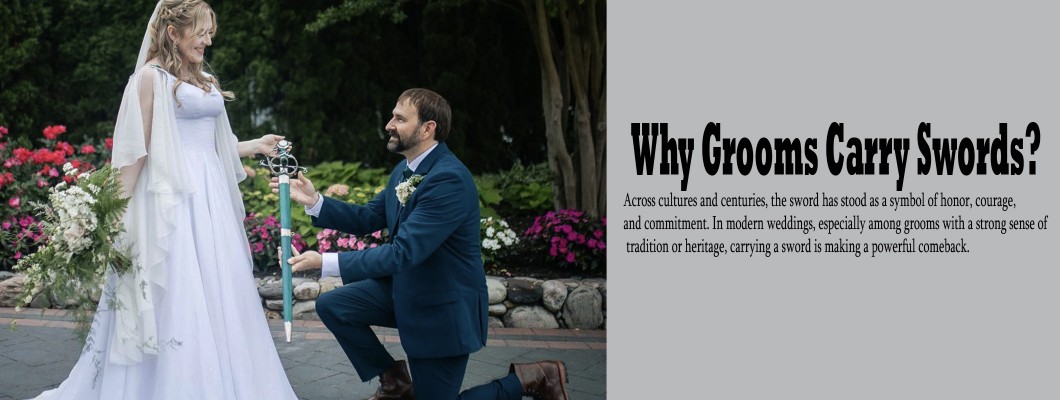
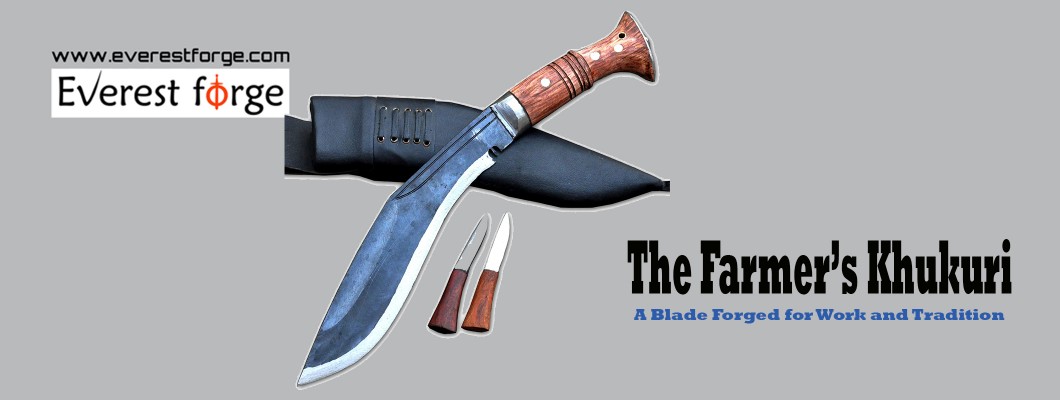
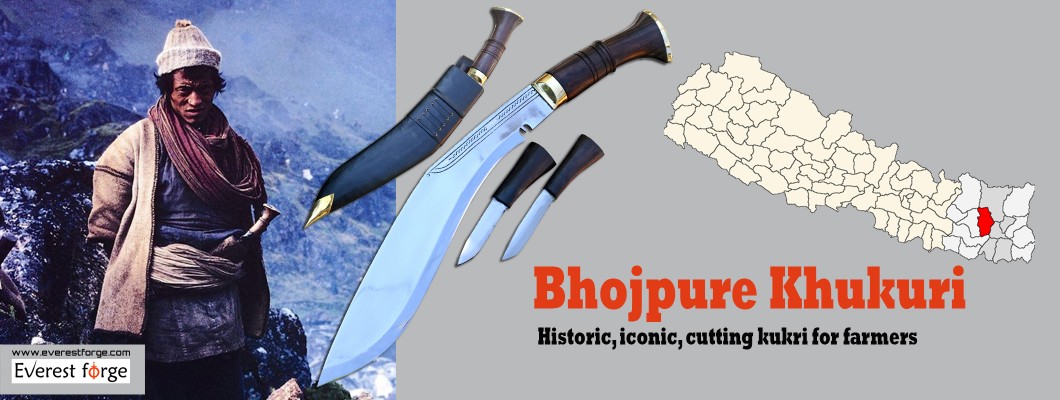
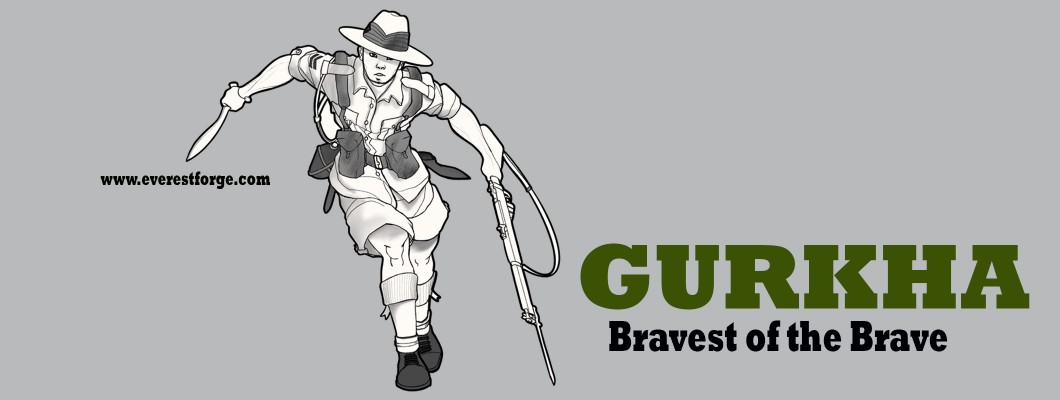
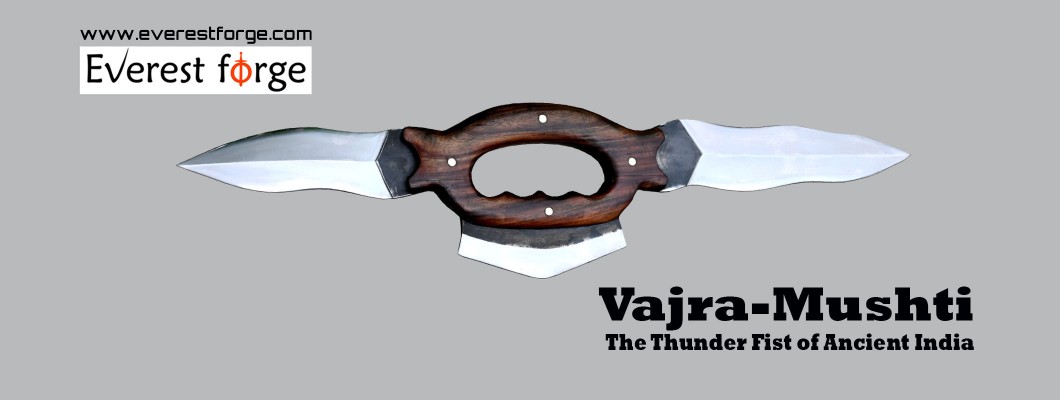
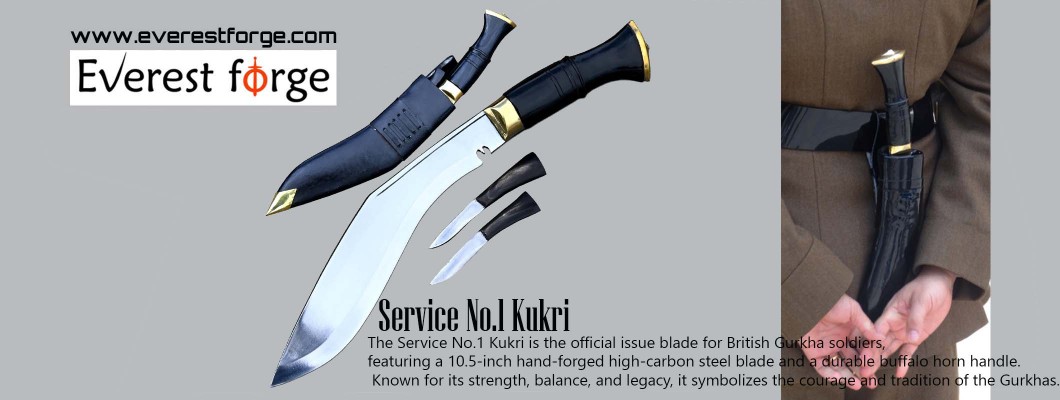
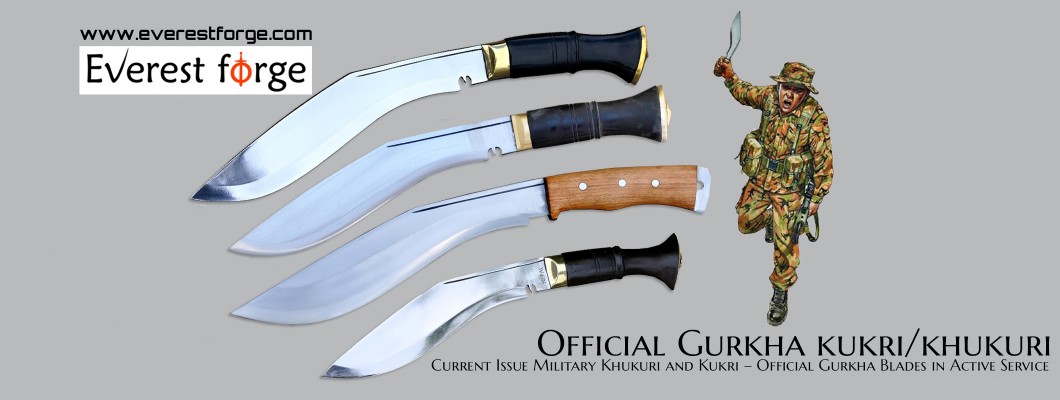
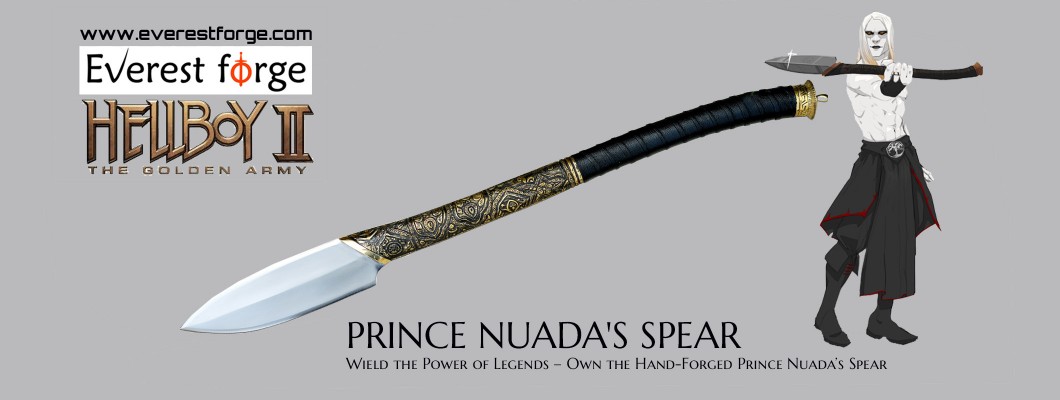
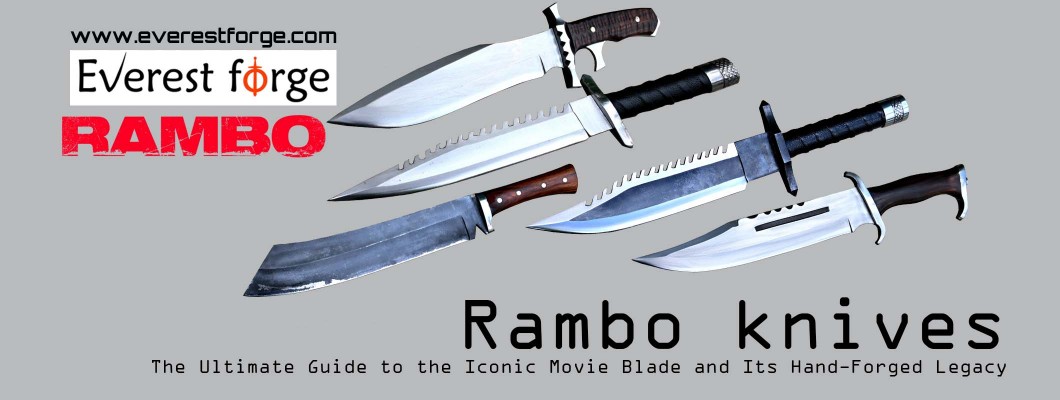





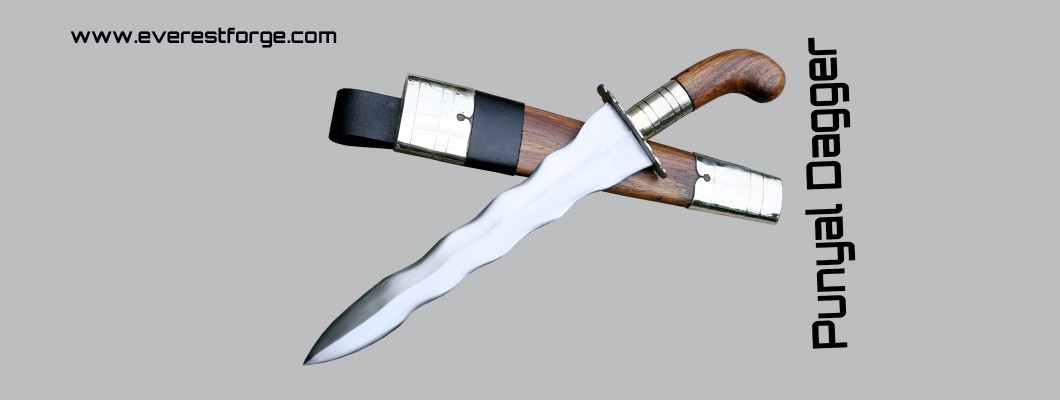
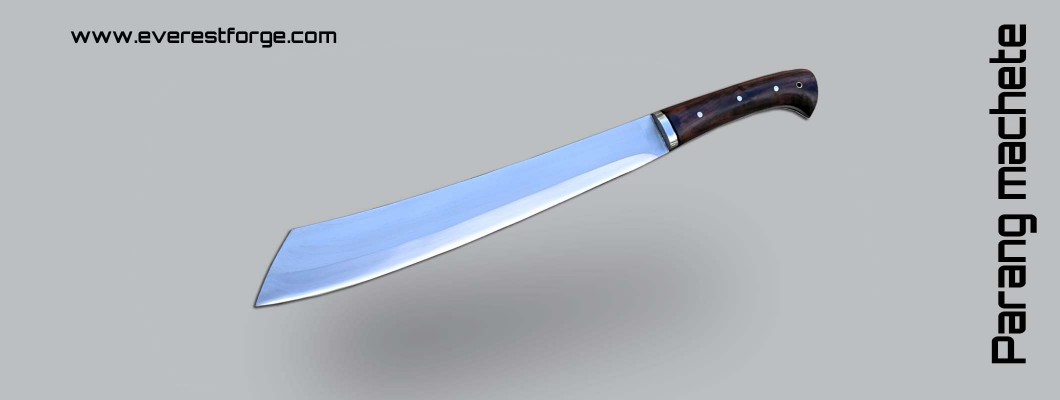
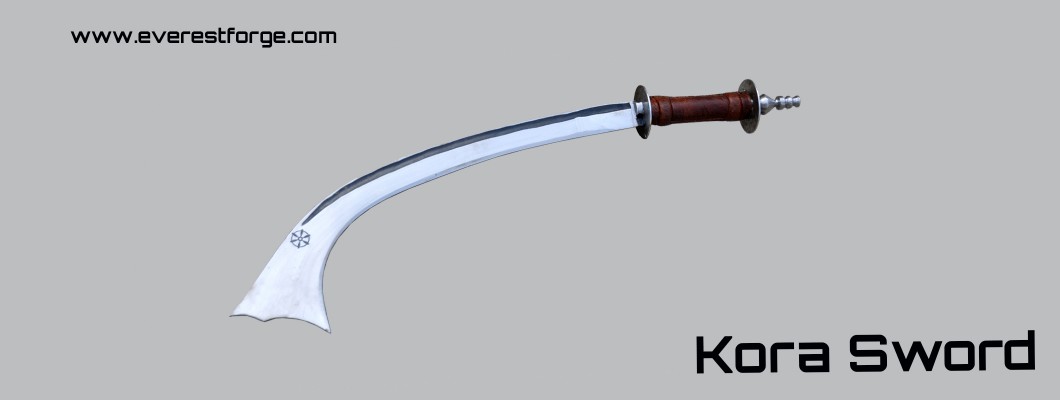
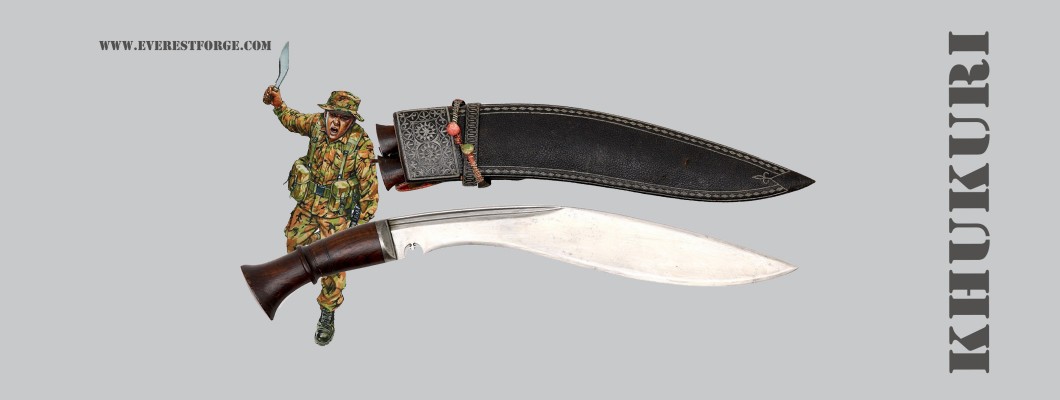
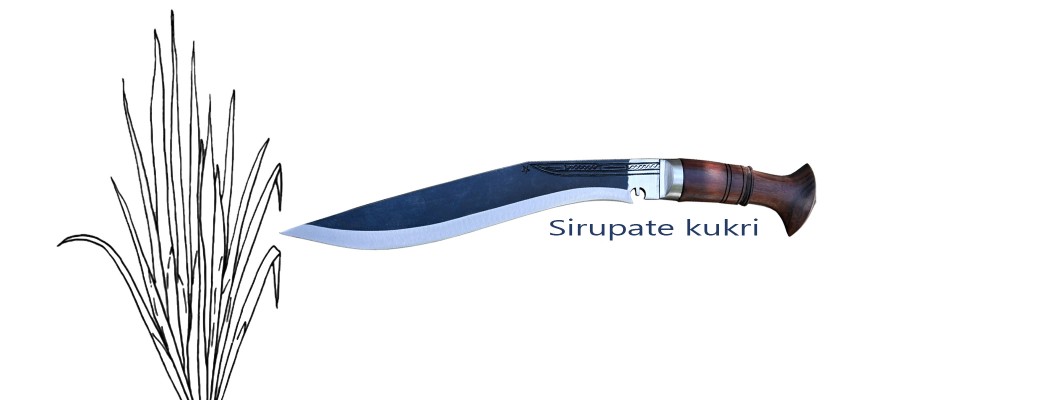
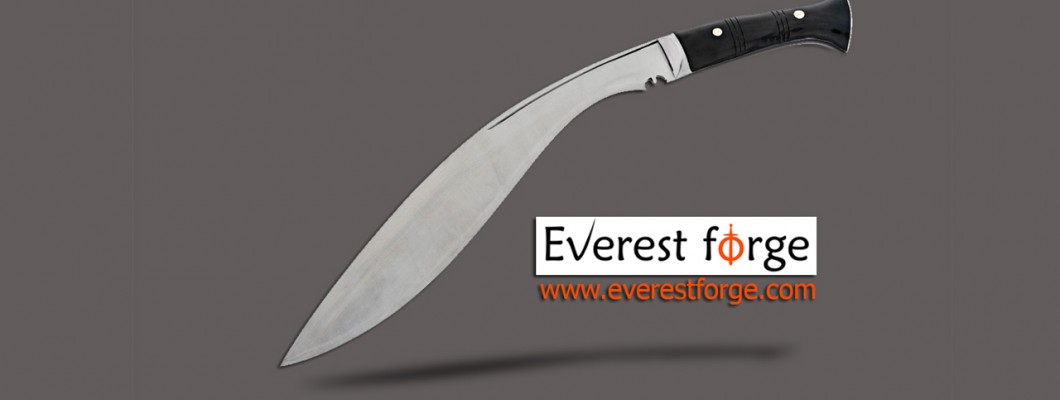
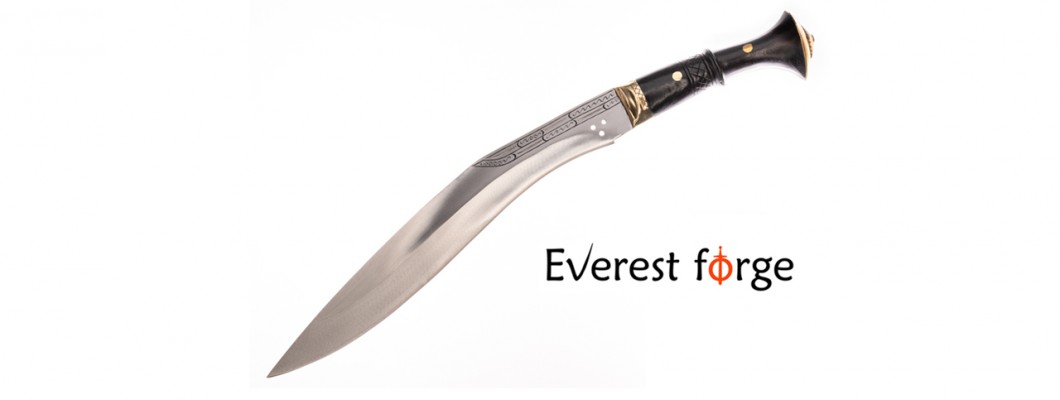
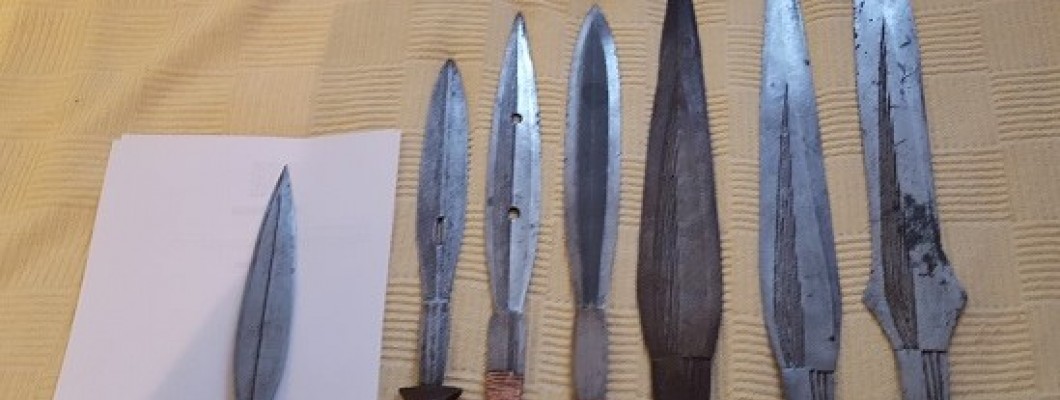
Leave a Comment